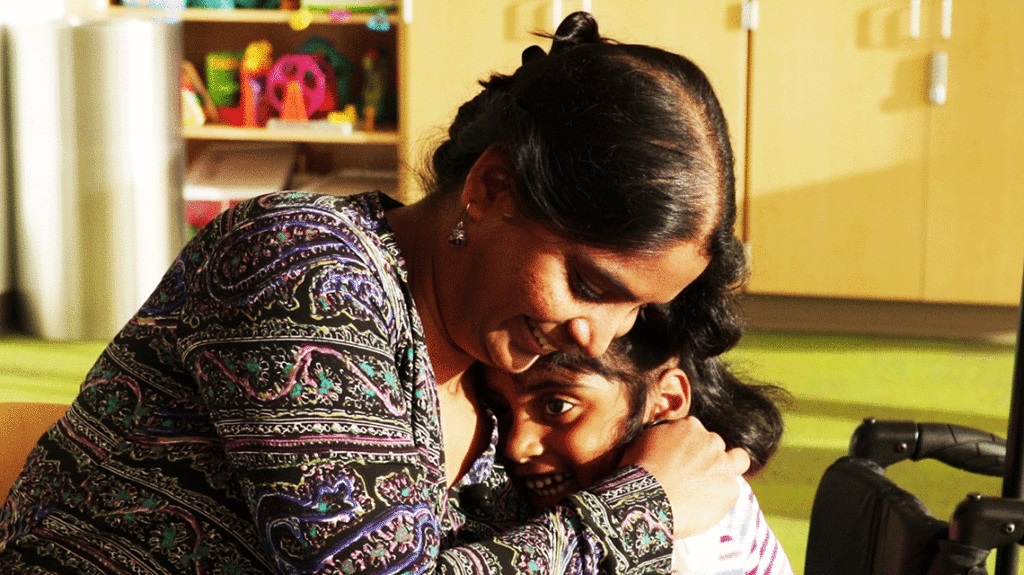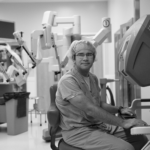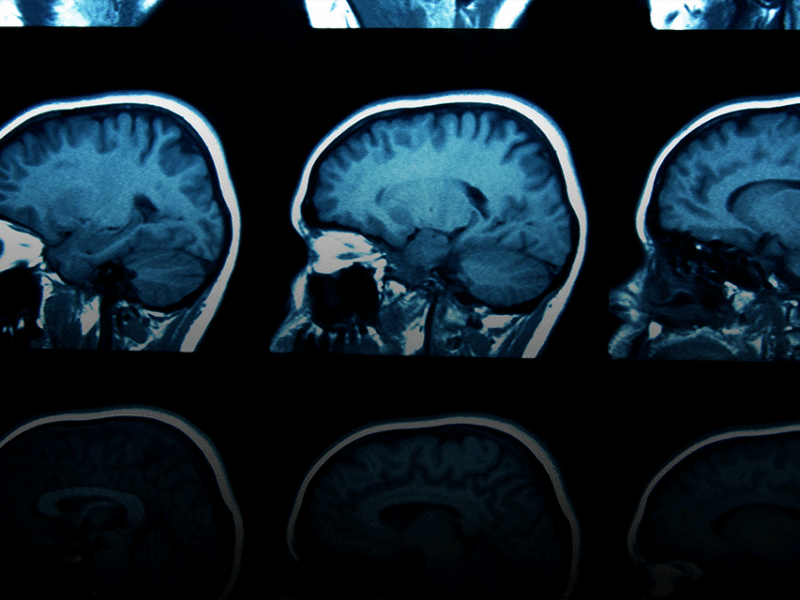Bridging Gaps in Cerebral Palsy Treatment
Bridging Gaps in Cerebral Palsy Treatment https://pediatricsnationwide.org/wp-content/uploads/2023/09/3-hug-header-1024x575-1.jpg 1024 575 Erin Gregory Erin Gregory https://secure.gravatar.com/avatar/?s=96&d=mm&r=g- September 27, 2023
- Erin Gregory

Researchers investigate disparities in selective dorsal rhizotomy (SDR) access and follow-up care.
A surgical procedure called selective dorsal rhizotomy (SDR) can help improve the lives of young patients living with cerebral palsy (CP) by reducing muscle stiffness in the lower limbs. A recent study published in Pediatric Neurology, conducted by Nationwide Children’s Hospital’s experts Jeffrey Leonard, MD, chief of Neurosurgery, and Kristen Blatt, PT, DPT, developmental physical therapist at Nationwide Children’s Hospital and the Selective Dorsal Rhizotomy Coordinator sheds light on some disparities in access to this procedure and highlights the need for better understanding of the barriers families experience in accessing postoperative care.
The Study’s Goals
Researchers conducted a study to understand how children with CP access SDR and the quantity of postoperative care they receive. They aimed to:
- Compare demographics of children who received SDR with the overall CP population at one institution.
- Evaluate the amount of postoperative physical therapy (PT) received by ambulatory children who underwent SDR.
“It is important to identify the optimal dose of postoperative physical therapy to ensure patients are getting sufficient therapy to maximize function after selective dorsal rhizotomy,” says Blatt. “It is also important to identify the dose-response relationship of therapy after SDR. Identifying general trends in maximal efficacy of post-surgical therapy will allow us to prescribe a more specific therapy dose and limit the extraneous burden placed on families. This helps limit the loss of time at work, school, and with peers to attend therapy appointments.”
Key Findings from the Study
The study included 60 children with spastic CP who had undergone SDR. A closer look at the data revealed the following findings:
- Racial Disparities: Black or African American children were less likely to receive SDR. This highlights a concerning disparity in access to this life-changing surgery.
- Urban-Rural Divide: Children living in large central metro areas were more likely to receive SDR. Those in rural or less densely populated areas faced greater challenges in accessing this procedure.
- Insurance Matters: Children with public insurance were less likely to receive SDR. This suggests that insurance coverage may play a role in determining who gets access to this treatment.
- Postoperative PT: Children who underwent SDR did not receive the recommended amount of postoperative PT. Proper rehabilitation is essential for maximizing the benefits of the surgery.
The study’s results have significant implications for children with CP and their families, says Blatt. It underscores the need for more equitable access to SDR, regardless of a child’s race, location, or insurance status. Additionally, it emphasizes the importance of postoperative PT in ensuring the best possible outcomes after surgery.
The Way Forward
Addressing these issues requires a multi-faceted approach. It involves advocating for improved access to SDR for all eligible children, regardless of their background.
“Our research is ongoing,” says Dr. Leonard. “We are actively working to identify barriers to postoperative care and working to find solutions to ensure that children with this chronic disease have equal access to this procedure.”
“Nationwide Children’s Hospital is supporting equitable care by providing outpatient and home care therapy services to children who have undergone SDR and/or coordinating with patients’ local clinics to ensure treating providers have an understanding of the procedure and recommendations for postoperative therapy progression,” adds Blatt. “Our therapy clinics provide both regular and flex scheduling to accommodate the changing needs of families.”
“SDR offers immense promise for children with CP,” Blatt concludes. “It’s important to bridge these gaps and ensure that every child with CP has an equal shot at a better, more mobile future. By doing so, we can improve circumstances for countless families and enhance outcomes for children living with cerebral palsy.”
Image Credit: Nationwide Children’s
About the author
-
Erin Gregoryhttps://pediatricsnationwide.org/author/erin-gregory/
-
Erin Gregoryhttps://pediatricsnationwide.org/author/erin-gregory/
-
Erin Gregoryhttps://pediatricsnationwide.org/author/erin-gregory/January 4, 2024
-
Erin Gregoryhttps://pediatricsnationwide.org/author/erin-gregory/
- Post Tags:
- Cerebral Palsy
- SDR
- Specialties
- Posted In:
- Research







